WEATHERBY MARK V WEATHERMARK LIMITED 6.5RPM 26″ BARREL 3 ROUNDS BURNT BRONZE
SKU
WEATHERBY MARK V WEATHERMARK LIMITED 6.5RPM 26″ BARREL 3 ROUNDS BURNT BRONZE FEATURES:
Weatherby Mark V single trait that makes a rifle “perfect”. Every component has to work as a unit to create a nearly flawless shooting system under any condition. Mark V rifles come rich with features that enhance the shooters experience. Mark V technologies constantly pushing to continuously drive innovation and performance.
Weatherby Mark V
The bullet’s flight path will be true and consistent with the Mark V, it is the best rifle you will ever purchase. Now, no matter which Weatherby rifle you choose, whether it’s an Backcountry Ti combined with the 6.5 WBY RPM cartridge for sheep hunting in Alaska or an Accumark Pro for whitetails in Pennsylvania, you can trust every shot will be right on the money.
It’s all about enhancing the shooter experience. The Mark V has been redefined to maximize fit, feel, and performance, making it the best rifle on the planet.
WEATHERBY MARK V WEATHERMARK LIMITED 6.5RPM 26″ BARREL 3 ROUNDS BURNT BRONZE SPECIFICATIONS:
- Action bolt action
- Barrel 26″
- Finish Burnt Bronze Cerakote
- Length 46.5″
- Sights No Sights
- Caliber 6.5 WBY RPM
- Capacity 3 + 1
- Rate Of Twist 1-in-8
- Stock Frame Grips Synthetic Stock Black FG w/Green&Brown Sponge
- Nfa Thread Pattern 1/2×28
- Additional Feature 1 Extended Aluminum Bolt Knob
- Additional Feature 2 TriggerTech Flat Face Trigger
Weatherby Mark V
WEATHERBY MARK V BACKCOUNTRY 6.5 RPM
NEW SPEED DEMON CARTRIDGE FOR A LIGHTWEIGHT RIFLE
No. You don’t need .264 bullets to hit steel plates three sheep pastures yonder, or to topple a deer. It just seems this way. These days cartridge R&D has become a race to new six-fives — the 6mms and .25s, 7mms and .30s have slipped into shadow. The latest 6.5mm is Weatherby’s second in three years!
Weatherby Mark V
You’d think this diameter is a new discovery, but it dates to the 1890s.
Origins
Bullet diameters shrank and velocities increased with the development of smokeless powder. For reasons lost over the decades, six and a half millimeters emerged as just the right size for bullets, at least in Europe. Italy armed itself with the 6.5×52 Mannlicher-Carcano in 1891. The 6.3x53R Mannlicher was picked up by Dutch and Romanian infantry units in 1892.
Sweden equipped soldiers with its own 6.5×55 in 1894. The 6.5×50 Arisaka of 1897 saw no military service until it was chambered in the Model 38 rifle eight years later. Greece adopted the 6.5×54 Mannlicher-Schoenauer, which, like the 6.5×55 Swedish, would log a brilliant second career prowling the world’s game fields. The 6.5×53.5 Daudeteau, developed for the French Navy in 1895, was less fortunate. After a brief tenure with Uruguayan troops, it joined the 6.5×58 Portuguese Vergueiro in mothballs.
The empire builders of the 19th century hung their destinies on bigger bullets. Great Britain settled on the .303 British, with a .311 missile, in 1888. The same year Germany chose the 7.92mm (“8mm”) Mauser with a .318 bullet, shifting to the .323 “JS” spitzer in 1905. The U.S. fielded the .30-40 Krag in 1892, then followed up with the .30-03 and .30-06, all with .308 bullets.
Newton’s Fall
Early hunting cartridges stateside favored .25 and .30 bores. Before WW I, the brilliant wildcatter and firearms inventor Charles Newton famously fashioned the .250 Savage and powerful .30 Newton. But about the same time, he also designed the first noteworthy 6.5 west of the Atlantic. The .256 Newton, on a .30-06 hull shortened .05 sent 129-gr. .264 bullets over 2,760 fps.
But nothing Newton did brought him the success he deserved. Despite the impressive speed and clear utility of his .256, it died after a stint in Western Cartridge’s ammunition stable. Not until 1959 would a U.S. firm trot out another 6.5. The .264 Winchester Magnum and the follow-on short-action 6.5 Remington Magnum in the mid-’60s both flopped. The country again turned its back on six-fives.
But Weatherby Didn’t …
“We set out to develop a cartridge that would fit in our slim six-lug Mark V action, but take full advantage of every bit of space,” said Weatherby’s chief, Adam Weatherby. “Our engineers came up with a flat-shooting 6.5 that sends a 127-gr. bullet at over 3,200 fps and a 140 at over 3,000.” With nearly a ton-and-a-half of energy at the muzzle, those bullets carry 1,500 ft-lbs. nearly 500 yards!
The new 6.5 Weatherby RPM (Rebated Precision Magnum) differs from the company’s signature cartridges in several ways. It has no belt. Like the .284 Winchester of 1963, its body is bigger in diameter than its .473 rim, which fits standard bolt faces.
Unlike the .284, developed for short rifle actions (also the 6.5/284 wildcat Norma adopted in 2002), the RPM case is 2.60 long, 0.10 longer than the brass of most belted cartridges for .30-06-length actions. Result: magnum powder capacity without the bolt head and heavy action of a rifle built for the spawn of the .300 H&H or .404 Jeffery. The 6.5 RMP is a perfect fit for Weatherby’s nimble six-lug Mark V series, first produced stateside in 1996.
Another RPM departure — Junctures of its 35-degree shoulder are not radiused. Roy Weatherby’s early case designs owe much to fellow California wildcatter R.W. Miller, who in 1940 was working with the .300 Hoffman and experimenting with radiused shoulders. The American Rifleman’s E. Baden Powell suggested limiting bolt thrust by reducing case taper.
The resulting case design was called PMVF: Powell Miller Venturi Freebore. In 1944 the two men went into business — a year later they sold out to Hollywood Tool and Die. After Roy carried a .270 PMVF on a hunt, he wanted the same profile for Weatherby cartridges. Miller demurred. Enter George Fuller, who had made the reamer for the .220 Weatherby Rocket.
Number three
The third distinction claimed by the 6.5 RPM is really in the rifle. It has no extended “freebore.” Roy made sure bullets from his magnums left the gate faster than the competition. Giving bullets an easy start before they met the rifling kept pressures in check. Despite claims freebore can impair accuracy, Weatherby (and other) barrels so bored have turned in snug groups. In fact, Weatherby now guarantees all Mark V rifles to shoot into a minute of angle! But the RPM was designed without the freebore imperative.
“The 6.5 RPM enabled us to build magnum reach and power into an agile, lightweight rifle,” said Adam. He’s used the cartridge on hunts already, in a Weatherby Mark V Backcountry Ti — a six-lug Mark V tipping the scale an ounce shy of 5 lbs. A careful 425-yard shot with a 140-gr. AccuBond dropped a Montana black bear during the 2019 spring season. Come fall, Adam used the rifle and 6.5 RPM load to tag a mule deer buck in Wyoming. Later, in a new Carbonmark Elite rifle, this hot 6.5 added a pronghorn to its tally.
In my view the 140-gr. AccuBond is a superb bullet for the RPM — accurate, chalk-line flat in flight and with upset and penetration qualities making it suitable to game as big as elk. Keeping the barrels of 6.5 RPM rifles at 24, the crew at Weatherby Mark V Sheridan, Wyoming plant gave those bullets the launch they deserve. The length also throttles blast and puts the Mark V’s balance point where it belongs.
A Wizard Rifle
Weatherby Mark V
The wand-like feel of the Backcountry I wrung out at the range last week was due as much to its stock as to the trim receiver and slender barrel. Not a Ti model, this rifle weighs 5.4 lbs. A Burris Veracity 2-10×42 in Talley rings added 26 oz. — more heft than appropriate for a rifle this light. But it’s a fine sight, and came quick to hand. So equipped, this Weatherby Mark Vstill weighs less than 7 lbs.
Tale Of The Stock
Manufactured by AG Composites, the Backcountry’s air-weight stock has a “3D Hex” recoil pad with “energy diffusing lattice” — no cosmetic threat to a Pachmayr Decelerator. For all its zap, the rifle is a pussycat in recoil, a credit to the 3D Hex and to the shape of the comb.
The rest of the stock impresses me less. The top of the wrist droops quickly, as if forced in a steep arc by the comb nose riding up over it. The nose is too far forward, fighting the heel of my big hand ahead of my thumb! Smaller paws will feel its intrusion too. The grip is properly slim but with no flare at the bottom — it wants to shed my palm.
The forend lacks Weatherby Mark V signature angular lines: No reverse tip. The belly is rounded, not flat. Appropriate for a lightweight rifle, this shift begs completion. Absent is the elegant taper of classic stocks as on the Mannlicher-Schoenauer carbines, which brought the 6.5 bore to Africa, famously in the hand of F.C. Selous and W.D.M. Bell. The Backcountry forestock seems a tad tall up front, where it’s about as broad at the receiver ring. The slender barrel is dwarfed by the shelves on either side.
The Hard Stuff
Now this pebble is out of my shoe, I can pivot to the metal. It’s darned near perfect. The six-lug Mark V seduced me years ago when I bought a .25-06 in walnut. The rifle shoots teeny groups and a few seasons back downed an exceptional whitetail. Weatherby Mark V has since upgraded the action with a stainless TriggerTech trigger externally adjustable to 2.5 lbs.
The 54-degree bolt lift — courtesy the three pairs of interrupted-thread lugs — lets you attach a scope in very low rings. The fluted, hand-lapped barrel has the four-groove 1-in-8 rifling of Weatherby’s 6.5-300. The muzzle wears an AccuBrake ST. (Threads are 1/2-28, 5/8-24 or 11/16-24, depending on barrel contour.)
A Black Cerakote finish on the Backcountry’s fluted bolt, bolt handle and safety contrasts nicely with the McMillan tan Cerakote on the barrel, receiver and bottom metal. Weatherby wisely held to an internal magazine with hinged floorplate. Despite the slightly larger diameter of the 6.5 RPM cartridge, the box holds four rounds.
Wringing Weatherby Mark V Iit Out
My first three-shot group fired from sandbags in variable breeze measured 1.4. Subsequent knots matched it closely. While I allowed a minute between shots, the barrel warmed quickly. The third 140-gr. AccuBond often edged away from a tight pair. In my last trio, the first two holes touched. Surely this rifle will meet Weatherby Mark V sub-MOA mandate!
The trigger yielded consistently, breaking like a tiny icicle. Feeding was smooth and certain, bolt travel delightfully slick and wobble-free. Severely rebated cartridges like the old .425 Westley Richards prompted concerns the bolt might override the rim, to catch the case forward of the extractor groove. The 6.5 RPM is not so radical in design and the Mark V action is essentially jam-proof. I couldn’t make the bolt override the rim!
On The Other End
Ballistically, Weatherby Mark V newest 6.5 offers great reach and versatility. Downrange, its 140-gr. bullets hit as hard as — and fly flatter than — 139-gr. spitzers from most 7mm Remington Magnum loads! And they do it from a svelte rifle unmatched in weight and profile by any magnum I know! Adam tells me while Norma is producing Weatherby-branded belted cartridges, RPM ammunition will be loaded at the Sheridan facility.
I’m sweet on the 6.5 RPM. Weatherby Mark V seems to have met its goal of packing magnum reach and power into a sleek, quick-handling rifle with a standard bolt face. This is no mean feat!
Yesterday And Tomorrow
Weatherby Mark V
The 6.5×68 and .264 Winchester were big medicine in their day, when the 6.5×55 Swede and its 19th-century cousins defined the 6.5 bore — but the standard is outdated. Beginning in 2002 with the .260 Remington (handicapped by the similar and versatile 7mm-08 announced 20 years earlier), 6.5mm rounds have proliferated.
The 6.5 Creedmoor (2009) accelerated the trend. Seven years later Weatherby Mark V trumped ballistic also-rans with its 6.5-300 Magnum. The 6.5 Weatherby RPM matches magnums of yesteryear, in a series of svelte, eager rifles sure to appeal to hunters who range far and find game in steep places.
Weatherby Mark V
I’m sweet on the round and gun. Weatherby Mark V seems to have met its goal of packing magnum reach and power into a sleek, quick-handling rifle with a standard bolt face. This is no mean feat! MSRP: $2,499

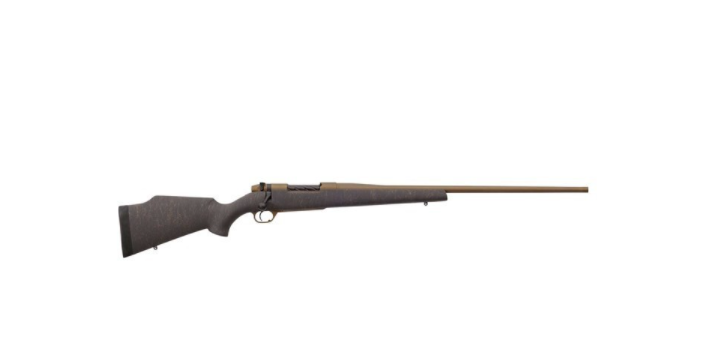
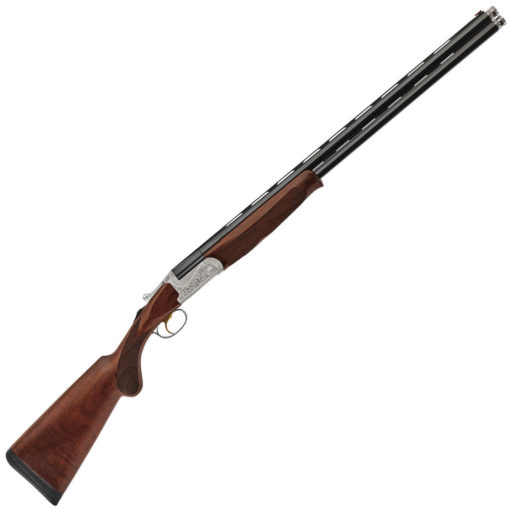
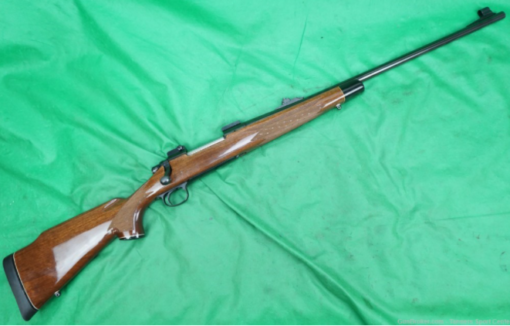

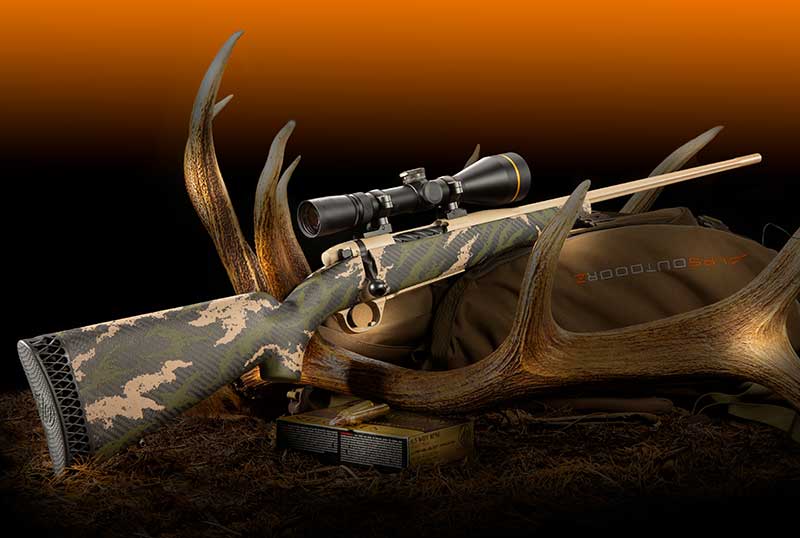
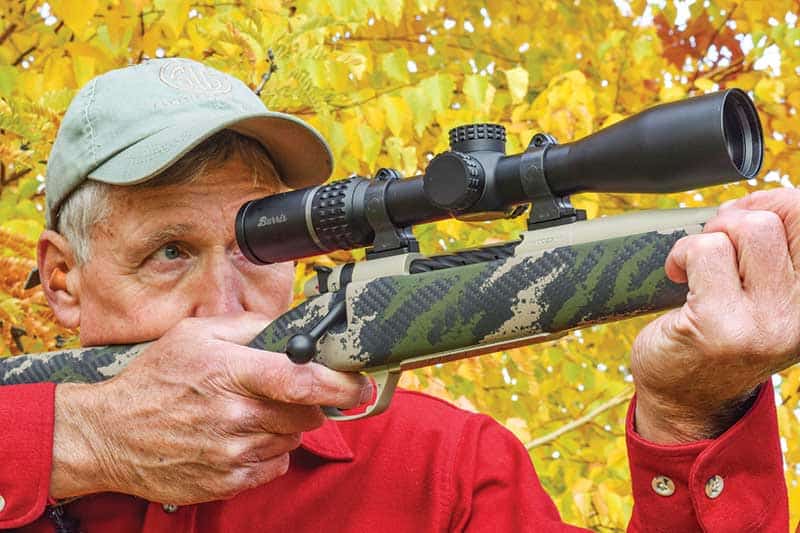
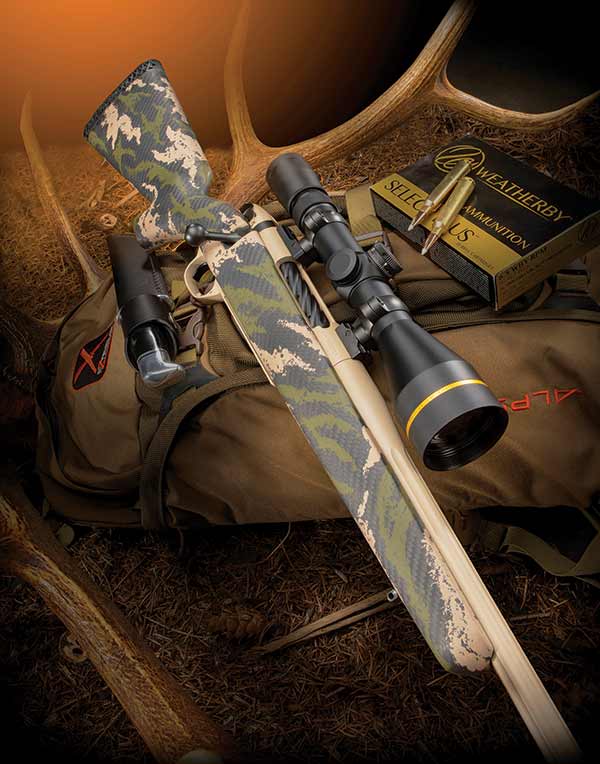

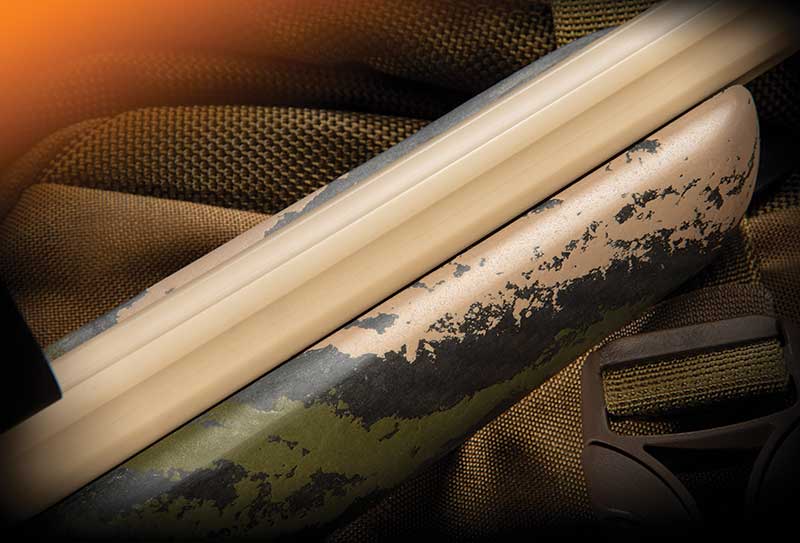
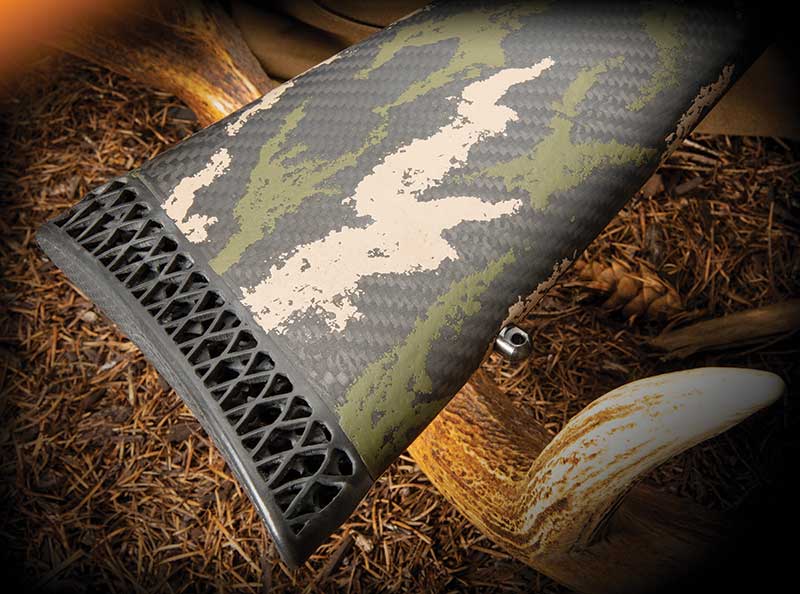

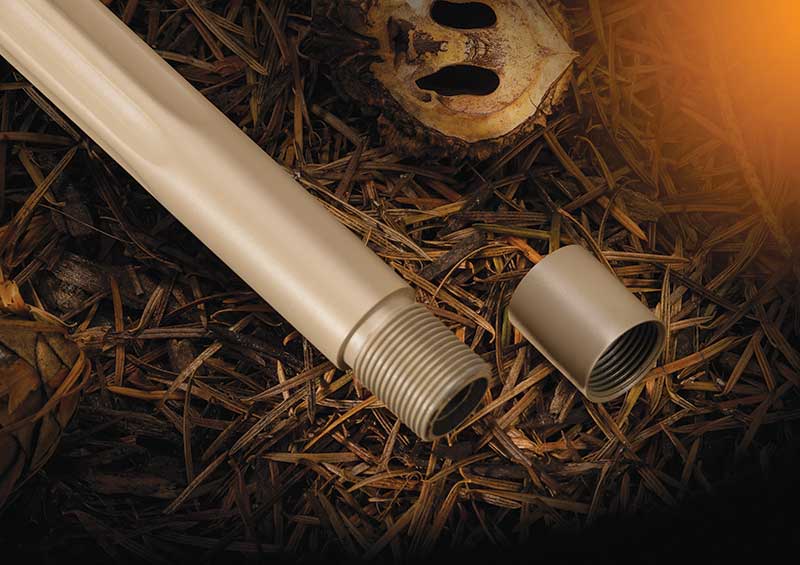



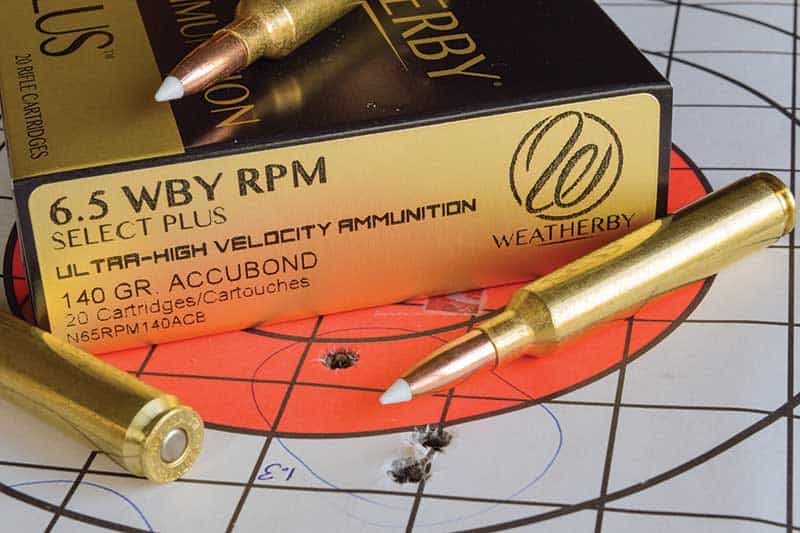


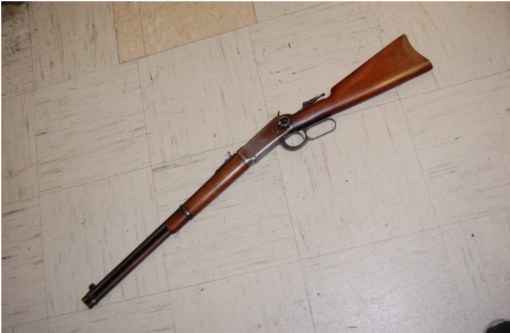
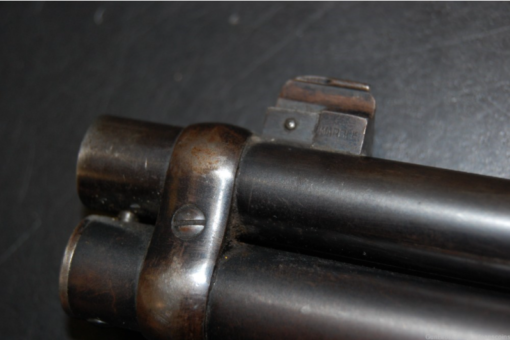
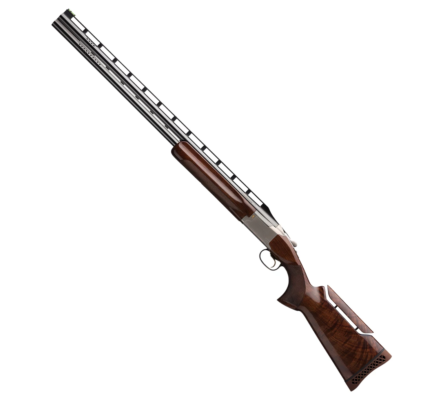
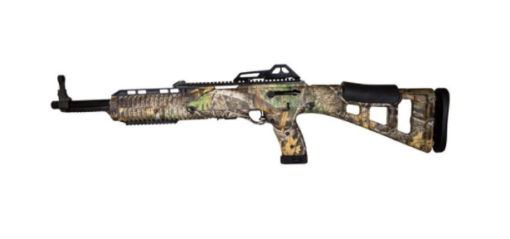

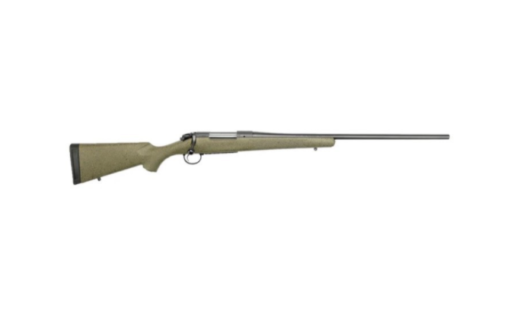
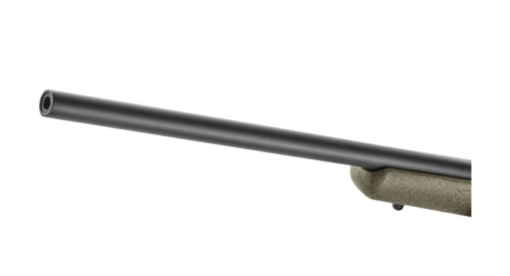
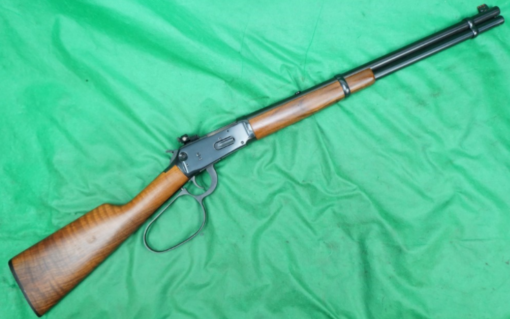
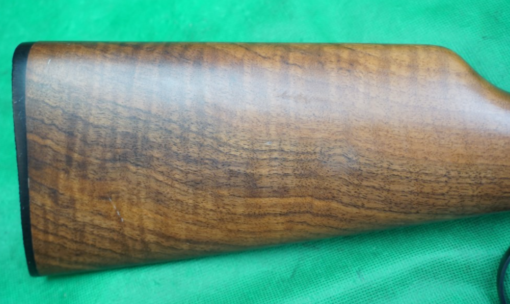

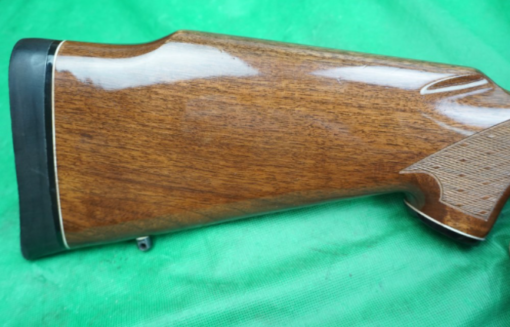
Reviews
There are no reviews yet.